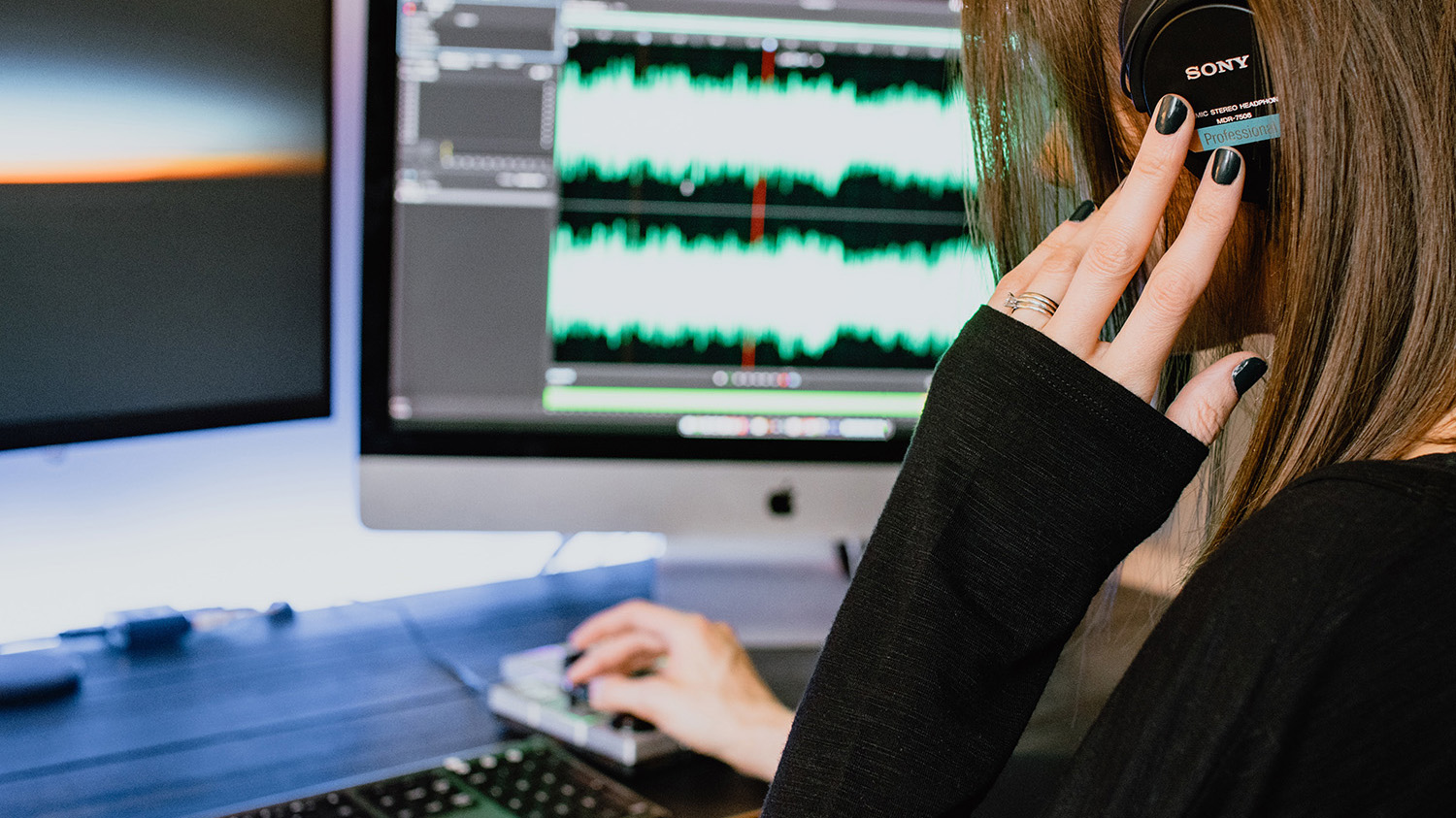Using AI for Voice Conversion

Table of Contents
Voice Conversion is a technology that uses AI algorithms to transform one person’s voice into another person’s voice. This technology is achieved by training a machine learning model on a large dataset of audio recordings of both the source and target voices. The model then learns to extract and manipulate the acoustic features of the speech signal to generate a new voice that sounds like the target voice, while retaining the linguistic content of the source voice.
AI for Voice Conversion - Applications and Privacy
Voice Conversion has many potential applications, such as in entertainment or privacy. For example, in the entertainment industry, voice conversion can be used to dub foreign films or to create more convincing voice actors for animated characters. It can also be used for impersonations or to create parody videos.
In the context of privacy, voice conversion can be used to disguise a person’s voice and protect their identity. This can be especially useful in situations where anonymity is desired, such as in whistleblowing or witness protection. Voice conversion can also be used to protect the privacy of individuals who wish to remain anonymous in public appearances, such as in news interviews or documentaries.
Voice Conversion technology has many potential applications and can provide a powerful tool for entertainment and privacy purposes.
Ethical concerns about AI voice distortion
It is important to use this technology ethically and responsibly to avoid misusing it for fraudulent or malicious purposes. This can be achieved through various means, such as ensuring that individuals have given their consent before their voice is used in the training of machine learning models, and by ensuring that the use of voice conversion is transparent and disclosed to all parties involved.
It is also important to promote awareness of the potential risks associated with voice conversion technology, as well as to develop effective mechanisms for detecting and preventing its misuse. This can include measures such as developing techniques for detecting deepfake audio recordings, and implementing legal frameworks that regulate the use of voice conversion for malicious purposes.
Some examples of misuse could include: creating deepfake audio recording, which can be used to spread misinformation, manipulating public opinion, or even extorting individuals. In addition, this technology can be used to impersonate someone’s voice in order to gain unauthorized access to sensitive information, commit fraud, or harass others.